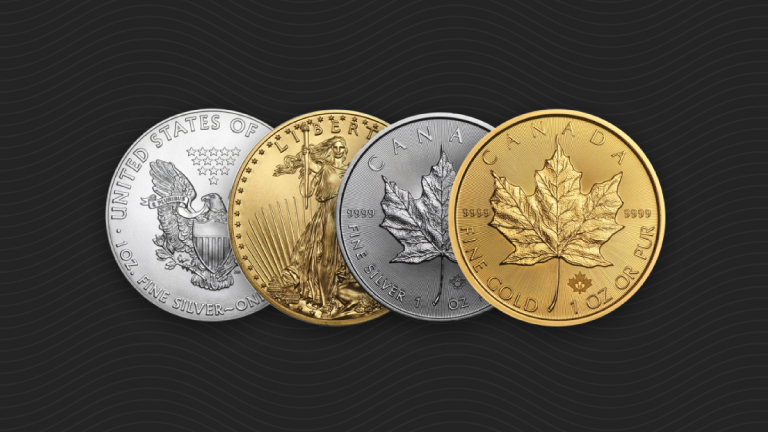
Ron Paul: All I Want for Christmas Is a Government Shutdown
The big news this past weekend was the United States Senate passing a giant spending bill just in time to prevent a government shutdown. Ron Paul’s weekly column for the Ron Paul Institute explains why a responsible government would not shy away from a temporary government shutdown. Just as Peter Schiff has said time and […]







